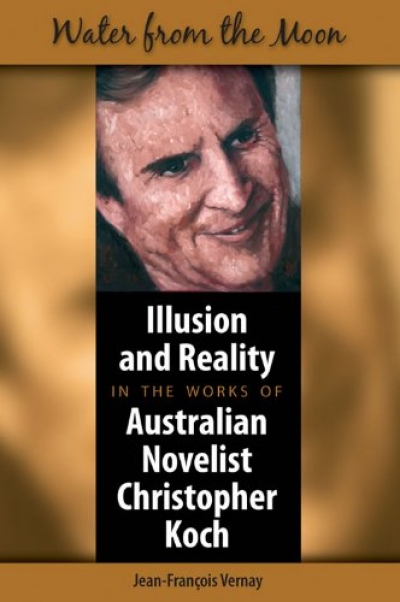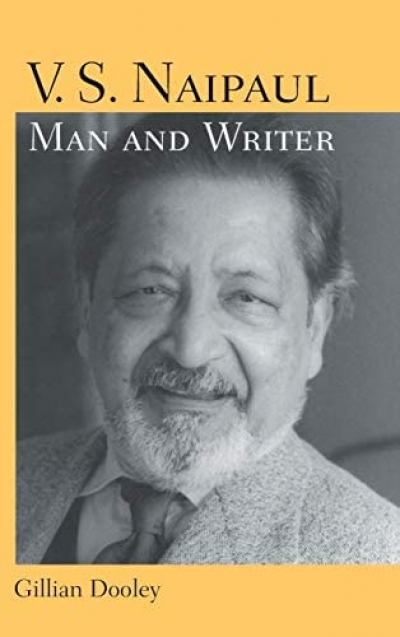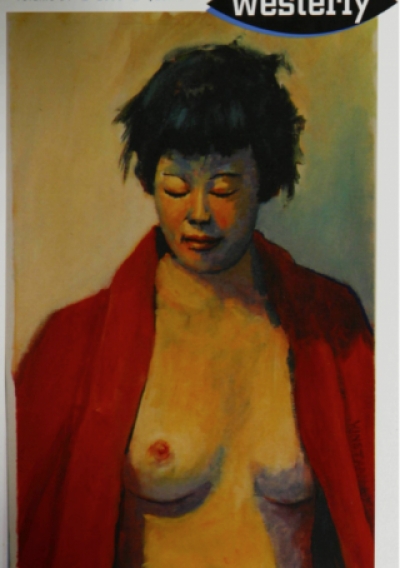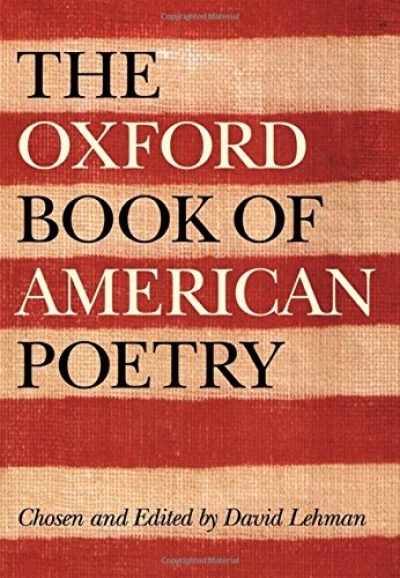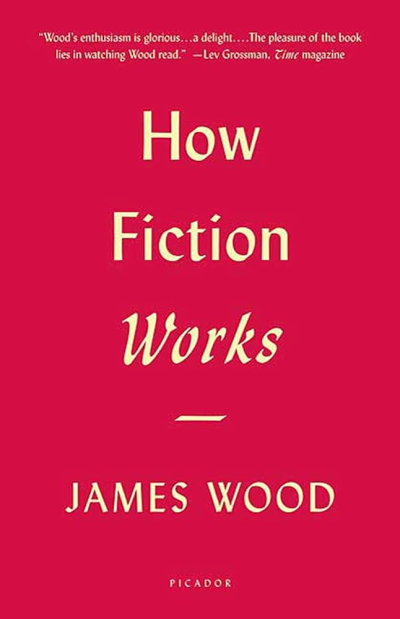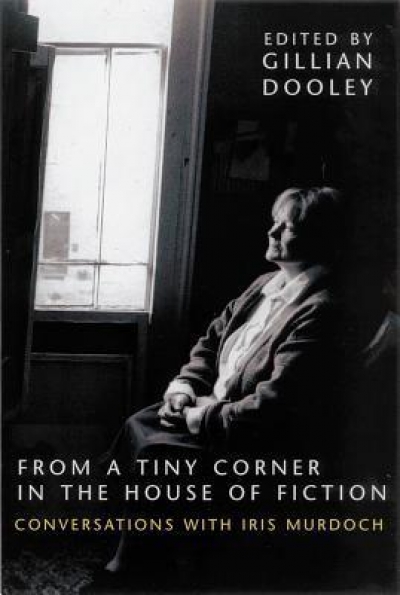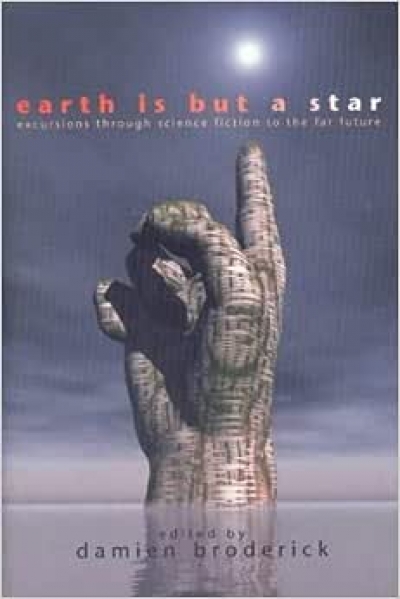Literary Criticism
Water From the Moon: Illusion and reality in the works of Australian novelist Christopher Koch by Jean-François Vernay
Westerly edited by Delys Bird and Dennis Haskell & HEAT edited by Ivor Indyk
Famous Reporter edited by Ralph Wessman et al. (eds) & Etchings edited by Sabine Hopfer, Christopher Lappas and Patrick Allington
The Oxford Book of American Poetry by David Lehman
Crème de la Phlegm: Unforgettable Australian reviews edited by Angela Bennie
From a tiny corner in the House of Fiction: Conversations with Iris Murdoch edited by Gillian Dooley
Some years ago I wrote a poem called A Table of Coincidences’, which contained the lines: ‘the day Christopher Columbus discovered America / Was the day Piero della Francesca died.’ This is a verifiable fact, unless changes in the Western calendar have altered things. Clearly, I was being sententious and reactionary: the ancient good of the world and its new doubtfulness seemed to start on the one day. A hostile reviewer pointed out that every date in the world is the anniversary of some other date, and poured scorn on my notion by suggesting that a momentous event like the Armistice in 1918 might share a date with the invention of Coca-Cola. But we still honour anniversaries, and I am only too conscious of the 365 days that have passed since 11 September 2001.
... (read more)
